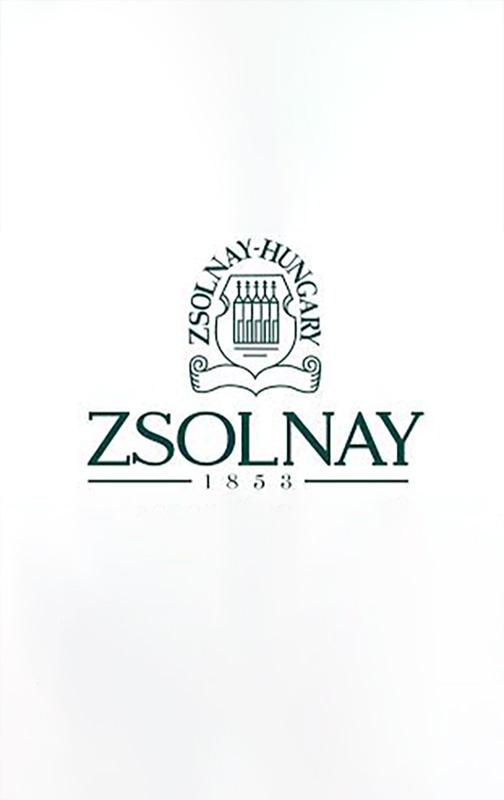Zsolnay Porcelain Manufacture
Name
Zsolnay Porcelain Manufacture
Gender
Not Applicable (General Information Indicator)
Birth
1853
Descriptive Note
Zsolnay Porcelánmanufaktúra Zrt is a Hungarian manufacturer of porcelain, tiles, and stoneware. TIn 1853, Miklós Zsolnay (1800–1880) established the Zsolnay factory in Pécs, Hungary, to produce stoneware and other ceramics. In 1863, his son, Vilmos Zsolnay (1828–1900) joined the company and became its manager and then director. He led the factory to international renown by experimenting with innovative materials and manufactorung techniques. In 1893, for example, Zsolnay introduced porcelain pieces made of eosin. At this time, Tádé Sikorski (1852–1940) became the company's chief designer introducing exquistite and original forms that became the Zsolnay's design trademark. In 1900 Vilmos’ son, Miklós, took over the company, perfecting the use of “pyrogranite,” a weather-resistant clay. This led to the blossoming of ceramic ornamentation on buildings in Budapest, such as those of Ödön Lechner’s. Many Zsolnay artifacts are now displayed at the Hungarian Museum of Applied Arts (1897).
By 1911, the Zsolnay Porcelain Manufacturing Company had become an illustrious presence in World’s Fairs throughout Europe and the United States, collecting top prizes and recognitions in Vienna (1872), Paris (1878 and 1900), Chicago (1893), Turin (1902), Saint Louis (1904), Milan (1906), Brussels (1910) and again in Turin 1911 (Csenkey 19, Hárs 55-67). Celebrated for its award-winning creations and innovative “éosin” glazes and the introduction of faience elements of extraordinary quality, the factory made a crucial contribution to the rediscovery of traditional folk forms and the promotion of a distinctive national style.
In Turin 1911, the Zsolnay Company played a central role in the Pavilion of Hungary, from the colorful tiles that graced the interiors and exterior of the Pavilion to the displays of exquisite porcelain items in the Pavilion's salons.
Roles
Exhibitors
Related Protagonists
Related Locations
Related Built Environment Objects
Related Components


